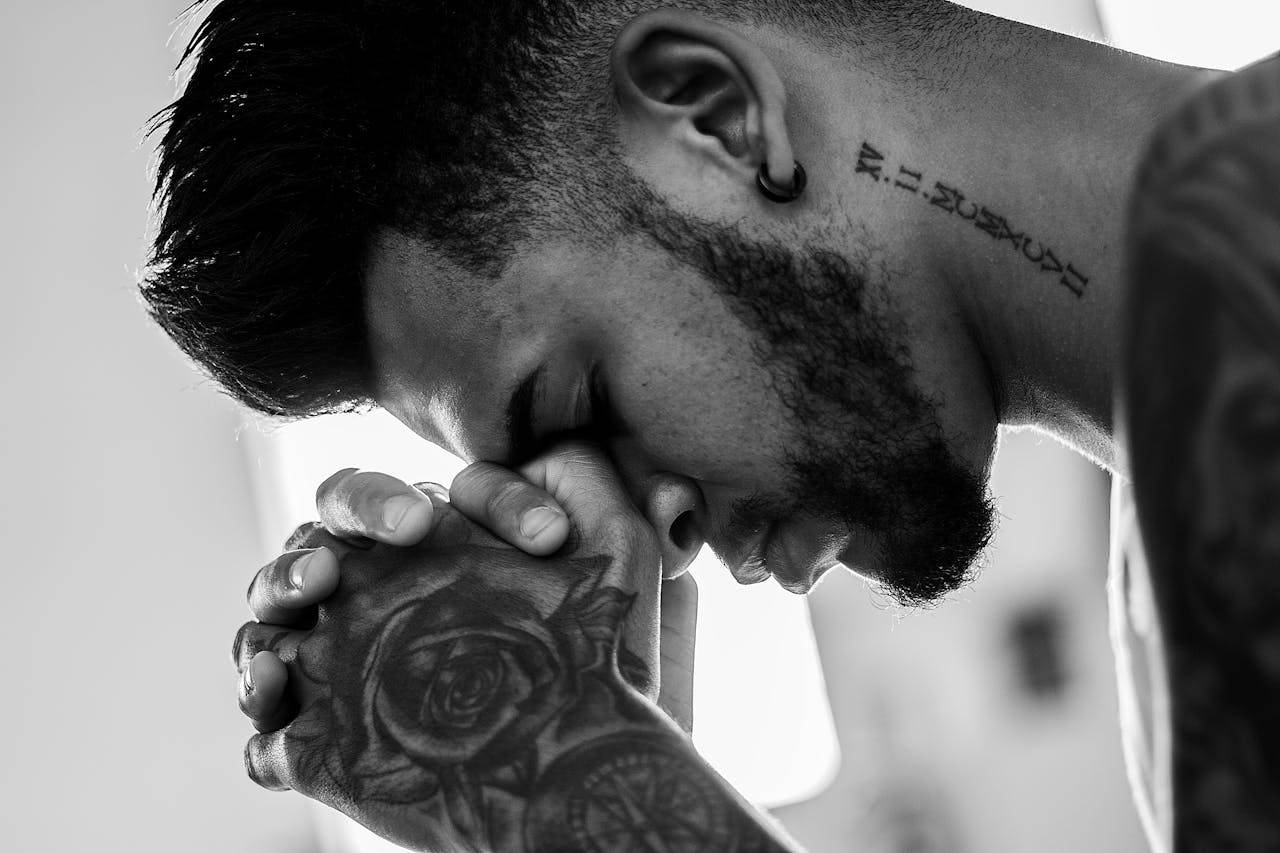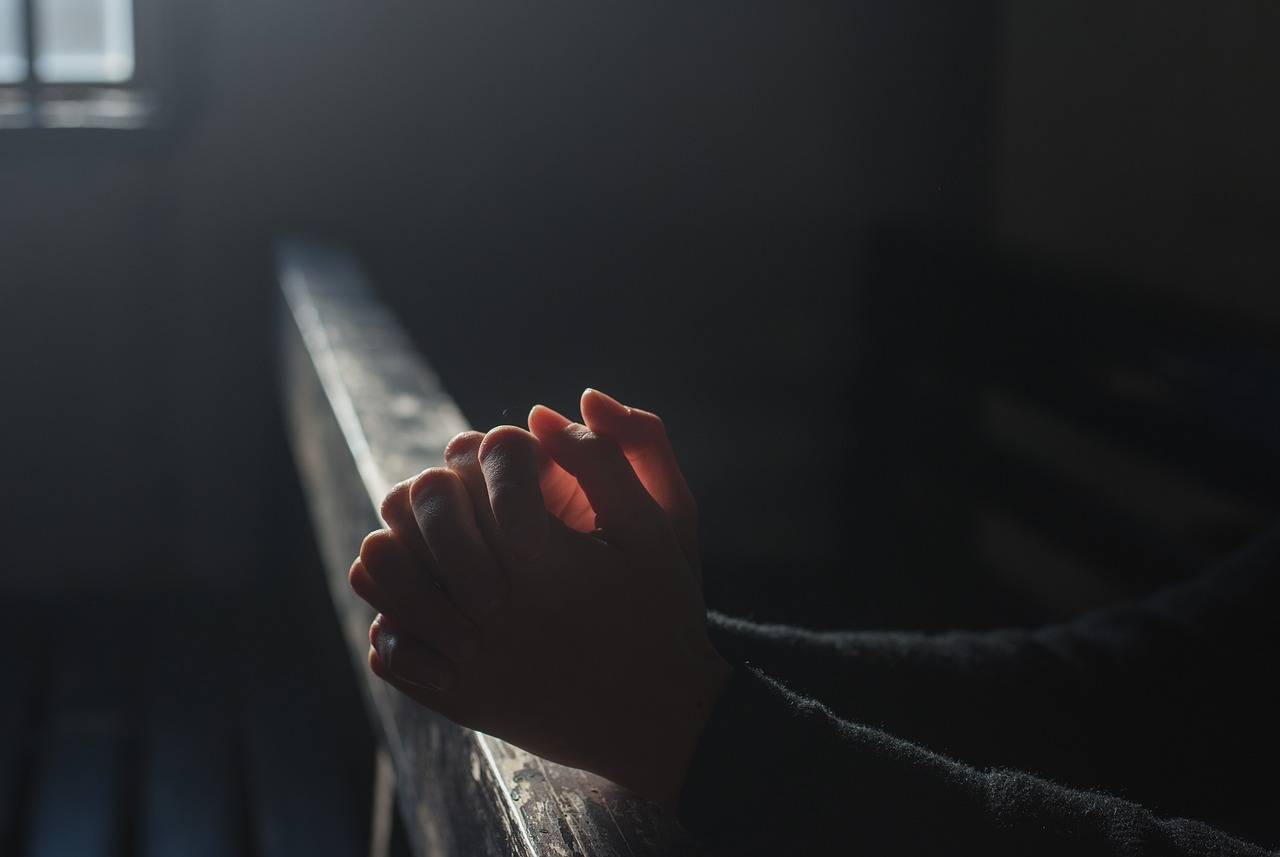Written wholly by Jesuits, vetted by the Vatican, “dignified but hard-punching” as an American once described it, La Civiltà Cattolica is probably the Catholic world’s most uniquely influential publication, a twice-a-month collection of articles that falls somewhere between journalism and the academy.
As Italy’s oldest cultural review — the first editions rolled off the presses in 1850, when Italy was not yet a nation — it has a remarkable history, one that is told in a recent book by Father Giovanni Sale and its current editor, Father Antonio Spadaro, subtitled: ‘La Civiltà Cattolica under 12 popes.’
Having lived through two world wars, two Vatican councils, it recently rolled off its 4,000th edition (February 11-25) which it celebrated by breaking out into a red cover with a handwritten message of congratulations from Pope Francis.
But it has been held back from being even more influential by one major flaw: it is written in Italian. At the time, choosing to publish in Italian rather than Latin was a radically populist move, but being a language little spoken outside il bel paese, its international readership has mostly been restricted to those who have spent time in Rome.
Until, that is, this month, when the journal has expanded into monthly editions in four other languages, finally fulfilling in 2017 what it was asked to do by Pius IX in his 1866 brief Gravissimum supremi, namely “to disseminate and diffuse [their writings] widely in all Nations.”
On Tuesday night I was at the residence of Sally Axworthy, the British ambassador in Rome — which occupies the top floor of a palazzo near the Quirinale, under a terrace with a jaw-dropping city view — to help disseminate and diffuse the English edition of Civiltà, which from now on will appear monthly, along with versions in Spanish, French and Korean.
Also on the panel were Bishop Paul Tighe of the Pontifical Council for Culture, CNN’s longtime correspondent, Delia Gallagher, the Jesuit in charge of the Korean edition, Father Jeong Xavier Hwang, and of course, Spadaro, the journal’s director and one of the foremost interpreters of the Francis pontificate.
Before breaking for last-before-Lent glasses of prosecco, each of us shared a few thoughts on what makes the journal unique with a 40-strong audience of journalists, English curial officials and ecumenical guests.
It turned out to be quite a long list.
There’s the fact, for example, that it’s entirely written and edited by Jesuits living as a collegio degli scritori, a “college of writers,” in Rome. Despite living in a gorgeous villa by the Villa Borghese, the scribes see themselves — as its founder, Father Carlo Maria Curci, used to say — as “workers” rather than “intellectuals.”
Then there’s the sheer variety of topics. As Spadaro — who has penned over 200 articles for the journal — puts it in the article introducing the English edition, La Civiltà Cattolica is “a high form of cultural journalism located in a difficult frontier territory,” that concerns itself with all that is human.
By way of example, the first English edition has an interview with movie director Martin Scorsese, a papal question-and-answer with religious superiors, a deft summary of church teaching on migration, a meditation on the dialogue between reason and emotion, an article on inculturation in Asia, a profile of the great Brazilian bishop of the poor, Helder Câmara, and a piece on the quality of mercy in Shakespeare.
Then there’s the fact that it’s a Catholic journal tied by statute to the Holy See and in service of the pope, yet with a particular vocation to the world of public affairs. That means it has to stay tuned to the Vatican — Spadaro told us that this means, in practice, regular two-hour discussions in the Secretariat of State — and conscious of the diplomatic sensitivities that could be touched on by the journal’s materials.
(Fun fact: the task of ‘vetting’ the journal was only delegated to the Secretariat of State relatively recently. Pius XII used to review the proofs himself. St John XXIII told the Jesuits to lose some of the gloom and be less involved in Italian politics).
But while remaining anchored in the papacy, the journal uses the Jesuit technique of discernment to engage with and grasp the dynamics and undercurrents of culture, discerning the seeds of the Gospel in it, as well as what undermines it.
This tension — loyal to the papacy, free to discern —is, of course, at the heart of the Jesuit mission itself. Played out in La Civiltà Cattolica, it offers endless opportunities to journalists to search for the slightest differences between the magisterium and what’s in its pages.
I began my own remarks by recalling that I first stumbled onto the journal in 2000, while at The Tablet. Its then editor asked me to do a story on an article that had just appeared in the journal. When I asked him why an article from a stuffy Italian theology review was news, I was told: “because it’s written by Jesuits who sometimes disagree with the pope, but it’s approved by the Vatican.”
Even today, when the love-in between the Society of Jesus and Francis can look a lot like synchronized swimming (the pope, of course, is a lifelong dedicated reader), conservative commentators such as Sandro Magister delight in highlighting apparent differences between this or that article and something Francis has said.
So while it looks a bit like a philosophy journal, perhaps the biggest paradox of La Civiltà Cattolica is that it doesn’t exist to promote a set of ideas, but a way of seeing (or as the Jesuits would say, a “hermeneutic”).
Francis told the community recently: “Being a Catholic magazine does not simply mean that it spreads Catholic ideas, as if Catholicism was a philosophy … A magazine is truly ‘Catholic’ only if it has Christ’s gaze on the world.”
Another paradox: it offers a window on the Church’s thinking — a kind of church barometer, as Italy’s Corriere della Sera put it recently — yet also exists to explain the world to the Church, something that makes it suspect to certain Catholics who see church publications as hot oil to pour on enemies storming the citadel.
In his speech, the pope rejected any suggestion of that idea, recalling that in 2013 he proposed three key words for the journal — dialogue, discernment, frontier — and this time proposed three more — restlessness, incompleteness, and imagination — that are hardly more militant.
“The certainty of the faith is the engine of your research,” he told them, adding: “This is why you must be writers and journalists of incomplete thought, that is, open and not closed and rigid.”
This openness, I suggested in my remarks, will almost certainly mean that the English edition of the journal will attract even more of the kind of criticism that recently greeted a recent Civiltà article on the female diaconate. Its author suggested that arguments from tradition exluding women cut little ice in contemporary culture, which links women’s access to jobs and public responsibilities as the consequence of a novel recognition of their equal dignity.
The article was immediately deplored as “questioning church teaching” when it did nothing of the sort. It was inviting the Church to think more deeply about the reasons it gives for its teaching in the light of present culture.
Rather than diluting Catholic teaching to make it more accessible to contemporary society, La Civiltà Cattolica interprets contemporary society to make Catholic teaching more accessible. It is a unique service that the journal performs both for the Church and the world, and will do so now in the English-speaking world.
And what better time? Precisely because it is faithful to the magisterium, but sees the magisterium as an organic, living thing, in which eternal church teaching is in dialogue with evolving culture, La Civiltà Cattolica now offers the English-speaking Catholic world a space which has too often shrunk in recent years — especially in the United States.
At the same time, of course, it will expand the horizons of the Italian original too. As Hwang put it, these new editions will “build bridges between the center and the margins across which more peace and justice can flow.”
[For information on how to subscribe, visit www.laciviltacattolica.com or email info@laciviltacattolica.com]















